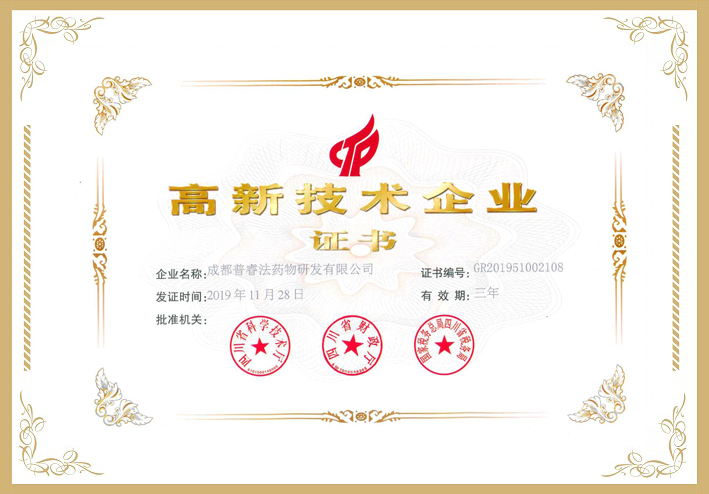Pancreatic cancer is a lethal disease with a dreadful 5-year survival rate of only 5%. In spite of several treatment options, the prognosis still remains extremely poor. Therefore, novel therapy strategies with combination of drugs are urgently required to combat this fatal disease. Triptolide (TPL) and celastrol (CL), two main compounds in traditional Chinese medicine, Thunder God Vine, have a broad range of bioactivities including anticancer activity. Silk fibroin (SF), a natu-rally occurring protein with several unique properties is an ideal carrier material. In this study, we prepared TPL and CL loaded silk fibroin nanoparticles (TPL-SFNPs and CL-SFNPs) by a modified desolvation method and evaluated their synergistic effects against human pancreatic cancer cells. Both SFNPs were characterized for particle size and zeta potential. The entrapment efficiency, drug loading, and drug release pro?les were evaluated by HPLC. The cytotoxicity and synergistic effect of SFNPs were investigated in MIA PaCa-2 and PANC-1 human pancreatic cells. The results showed particle sizes of TPL-SFNPs and CL-SFNPs were 166.4± 4.6 nm and 170.4 ± 2.3 nm, with a mean zeta potential -27.2 ± 2.0 mV and -25.5 ± 2.57 mV, respec-tively. TPL-SFNPs and CL-SFNPs have a drug loading of 57.0 ± 4.7 μg/mg and 63.5 ± 3.8 μg/mg along with an encapsulation ef?ciency of 81.8 ± 2.8% and 87.0 ± 5.1%, respectively. Drug release studies revealed that a rapid release of the drugs from SFNPs was observed at pH 4.5 (lysosomal pH) and delayed release at pH 7.4 (plasma pH). TPL-SFNPs (IC50 3.80 and 4.75 nM) and CL-SFNPs (IC50 0.38 and 0.64 μM) were 2-3 fold more potent against MIA PaCa-2 and PANC-1 cells, than free TPL (IC50 11.25 and 11.58 nM) and CL (IC50 0.84 and 1.23 μM). Furthermore, co-treatment with TPL-SFNPs and CL-SFNPs increased the growth inhibition of the same cells significantly in comparison with TPL-SFNPs or CL-SFNPs alone. Almost all combination index (CI) values, calculated using the Compusyn software, were < 1, suggested that the growth inhibition effect of TPL-SFNPs in combination with CL-SFNPs be synergistic rather than additive, suggesting that this novel combination may offer a potential treatment for pancreatic cancer.
... 2. Materials and methods 2.1 Materials TPL and CL were purchased from Chengdu Biopurify Phytochemicals Ltd. (Chengdu, China). Cocoons were kindly supplied by Tongxiang mulberry silk base of Zhejiang Province (Tongxiang, China). ...























